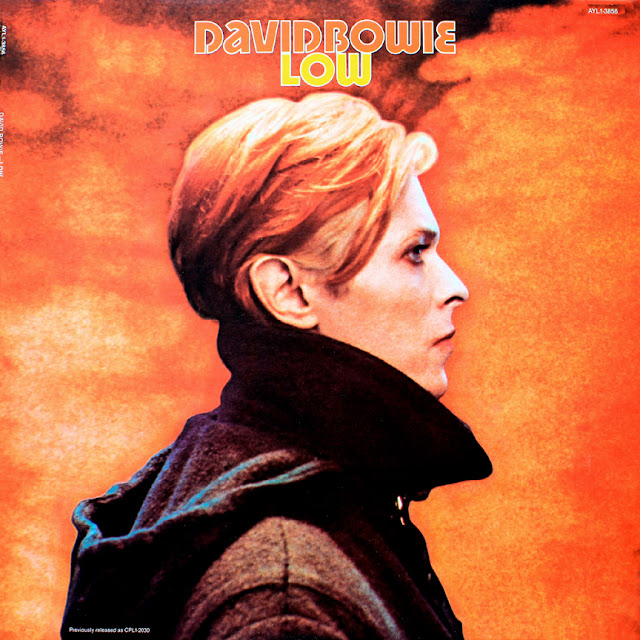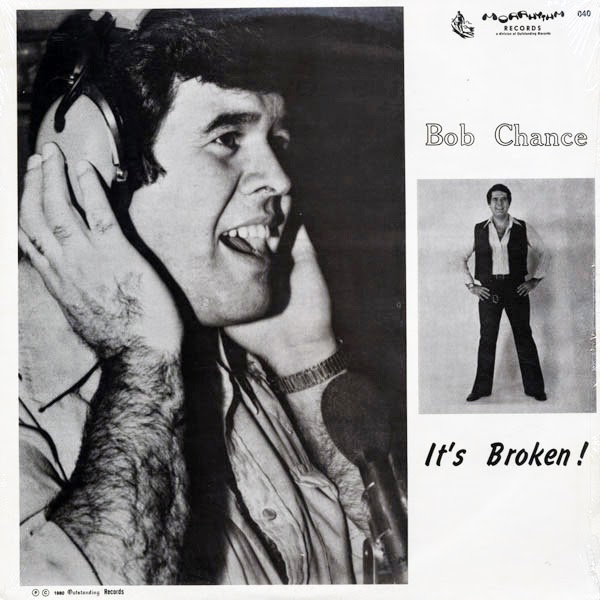
I was deeply saddened to learn of Alan Vega’s passing on Saturday. The reach of Suicide’s influence is well-documented, and Vega’s work needs no introduction. Produced by the venerable Craig Leon and allegedly recorded in four hours, Suicide has a permanent slot on every reputable list of the most influential records of all time. It was post punk before punk had actually figured out what punk was, it was true rock and roll because Vega was a teenager in the 50s, and it was two steps ahead of no wave because it evoked something apocalyptic without having to try so damn hard. It’s volatile and degenerate music, both in form and content. It sounds like trying to listen to music through earmuffs. It sounds like heat waves–dirty and shimmering. It sounds like nothing else.
I was lucky enough to see Suicide at Club Europa in 2007. In his signature checker-print skullcap, Vega was so focused and furious that he might have been casting spells, while Martin Rev, slithering around in a slashed tank top and wraparound sunglasses, looked like he belonged in the opening sequence of Blade. It was simultaneously brutal and hypnotic, and with the room soaked in unrelenting red light, it felt like a reminder that the punishment for suicide is hell. It was Disneyland compared to their riot-inducing bloodbath performances of the 70s, but to this day it’s still one of the best shows I’ve ever seen.
Thank you for everything, Alan–you will be missed.





